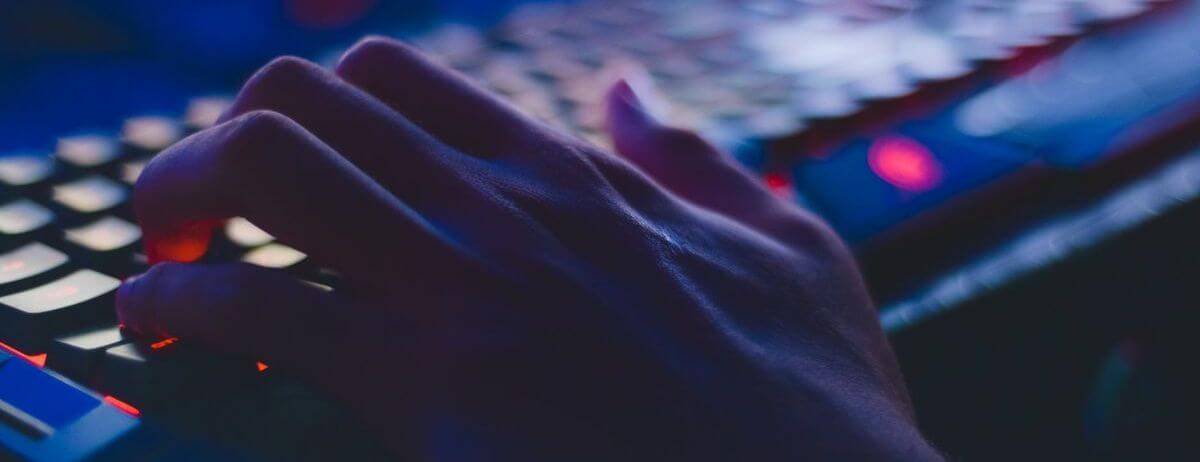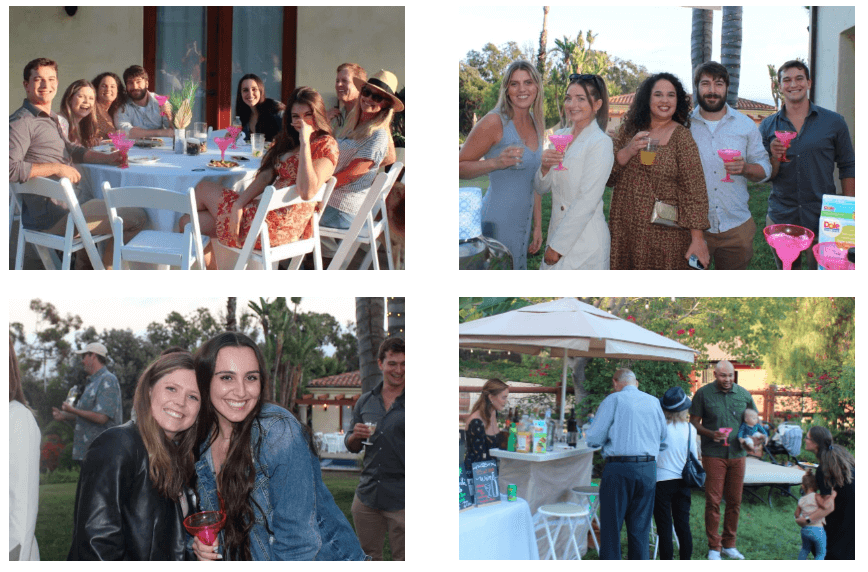The Supreme Court Hears Famous Andy Warhol Case
Takeaway: Andy Warhol’s famous pop art of the music legend Prince might be violating copyright law. If so, this verdict could affect artists and creators ability to create everywhere.

The Andy Warhol controversy started when Vanity Fair magazine hired Warhol to create a work of art based on Lynn Goldsmith’s 1981 photograph of Prince which she licensed to Vanity Fair for its November 1984 issue. Warhol created the Prince artwork, as well as fifteen additional artworks featuring Prince on canvas and silkscreen in Warhol’s signature high contrast two-tone style. These Prince artworks later became known as the “Prince Series.”
When Prince passed away in 2016, Goldsmith became aware of the “Prince Series” when media company Conde Nast published a tribute issue to Prince in May 2016. The “Prince Series” artwork on this cover was different from the original Prince artwork Warhol created for Vanity Fair magazine in 1984. This was allegedly beyond the scope of the license Goldsmith agreed to back in 1984. Goldsmith notified the Andy Warhol Foundation of the copyright infringement of her photograph.
The Andy Warhol Foundation filed suit against Goldsmith, asking the court to declare that Warhol’s “Prince Series” was not infringing Goldsmith’s photograph and was instead fair use. Goldsmith countersued for copyright infringement. At first, the District Court ruled in favor of the Andy Warhol Foundation, finding the “Prince Series” to be transformative. Goldsmith appealed, and the Second Circuit Court of Appeals reversed it, determining that Warhol’s “Prince Series” was not fair use and not transformative. The Andy Warhol Foundation then petitioned for writ of certiorari to the Supreme Court to review the Court of Appeals decision, which was granted.
The Supreme Court has not ruled on fair use in art since 1994. Thus, this ruling will be monumental moment in copyright law.
Photo Credit: copyrightlately .com/warhols-prince-series-isnt-fair-use-but-what-is/
Apple Won Patent for the Creation of Deepfakes
Takeaway: Apple is met with mixed emotions after obtaining a patent for the creation of deepfakes, a controversial technology that could have dangerous consequences.

The USPTO has granted Apple a patent for “face image generation with pose and expression control,” also known as “deepfakes.” Deepfakes are a video of a person in which their face or body has been digitally altered so that they appear to be someone else.
According to the newly issued patent, Apple’s technology creates synthetic images of human faces based on a reference image provided by the user. Once a synthetic face is generated, the user can manipulate that face to create changes in expression. The patent states, “The generated image is a simulated image that appears to depict the subject of the reference image, but it is not actually a real image.”
Some believe Apple could be working towards an app that puts a “fun” twist on deepfakes. Others think the patent will never be used, as the patent comes from a desire to squash facial motion capture and related technologies from potential competitors.
Paparazzi Sues Miley Cyrus Over Instagram Post
Takeaway: Always get authorization or a license before posting a photo to social media that you did not take, even if the photo is of you.

Singer Miley Cyrus was sued for copyright infringement for a paparazzi photo she posted to her Instagram account. The paparazzi plaintiff, Robert Barbera, is a photographer known for having previously sued Justin Bieber, Ariana Grande, and Dua Lipa over a similar issue.
The photo was of Cyrus waving to onlookers as she exited a building. The photographer claims Cyrus posted the photo without his permission or authorization or first obtaining a license, thus destroying any potential market value for his photograph. He also claims Cyrus’ unauthorized post increased traffic to her Instagram account, already having an immense following of 169 million followers and, in turn, generated a revenue increase for Cyrus via the sale of her music and various associated business partnerships and ventures.
Cyrus has since settled with Barbera, but since this is not the first time a celebrity has been sued for posting a photo of themselves snapped by a paparazzi to their own social media account, celebs should learn their lesson to get authorization or a license first before posting.
Photo Credit: www.movin925.com /miley-cyrus-faces-copyright-lawsuit-for-allegedly-posting-paparazzi-photo-of-herself/
USPTO Cuts Trademark Office Action Response Time
Takeaway: Starting December 3, 2022, trademark applicants will have a shorter time period to respond to official letters from the USPTO.
In an effort to shorten the trademark application process, the USPTO has decided to shorten the time for applicants to respond to trademark office actions from six months to three months. For a fee, there will be an option to obtain a three-month extension. This will go into effect starting starting December 3, 2022.
This same change will go into effect for post-registration office actions, maintenances, and renewals starting October 7, 2023.
This change is met with mixed opinions. Some say that if the goal was to expedite registration, applications should be assigned to examiners faster. Others say there are strategic reasons why a client would want to wait to file a response. Either way, attorneys and applicants alike need to be prepared for this new change.
USPTO May Change Patent Practitioner Requirements
Takeaway: The USPTO is considering expanding admission criteria for those looking to practice in patent cases.
The USPTO said in a recent notice that it may review and change its scientific and technical requirements for practitioners in matters heard by the office. Additionally, the USPTO is seeking public opinion on other institutional changes such as modifying the accreditation requirement for computer science degrees, creating a separate design patent practitioner bar, adjusting requirements to practice before the Patent Trial and Appeal Board, and reviewing applicant degrees in a faster time frame.
In another recent notice, the office stated it is, in part, looking to expand admission criteria so more people, “including those from traditionally under-represented and under-resourced communities, can participate in office practice.”
Cislo & Thomas LLP Spotlight
Cislo & Thomas LLP Summer/Autumn Party
Cislo & Thomas LLP loves to celebrate our staff! We enjoyed our annual summer/autumn party on September 30th, with tacos, margheritas, and lots of laughs.




